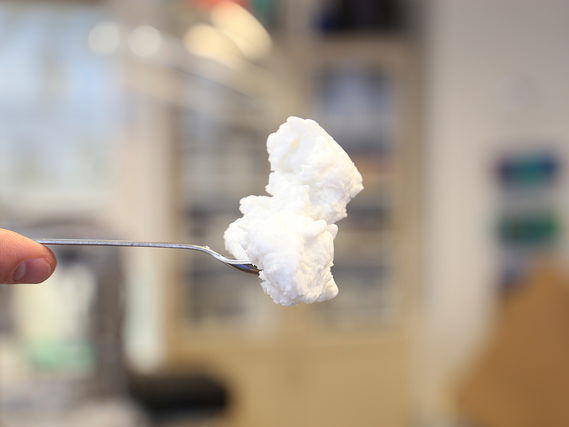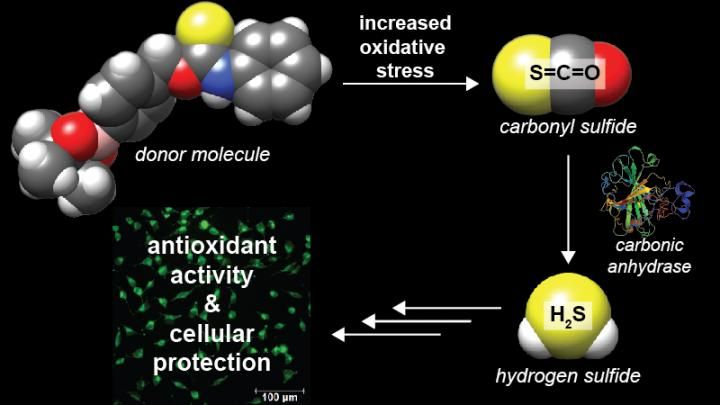Polymer nanoparticles used as drug carriers characterized using Nanoparticle Tracking Analysis
NanoSight reports on how Nanoparticle Tracking Analysis, NTA, is used to help with the characterization of polymeric nanoparticles synthesized as drug carrier systems. This work is being carried out at Saarland University by Dr Christian Ruge and his colleagues.
In the world of pharmaceutical sciences, a detailed and full characterization of particles synthesized as drug carrier systems is indispensable. The particle size is a crucial parameter to be monitored as this will affect the stability of formulations. It will also impact with respect to size-dependent effects in biological experiments, such as the uptake of drug systems by cells.
Nanoparticle Tracking Analysis is used as a complementary tool to a Malvern Zetasizer to characterize the nanoparticles prepared by Dr Christian Ruge, a research scientist in the Department of Biopharmaceutics and Pharmaceutical Technology in the group of Professor Claus-Michael Lehr. The particles are mainly polymer-based and typically in the size range from 100 nm to 400 nm. Especially when studying samples of moderate polydispersity (i.e. with a polydispersity index, PDI, of larger than 0.2), the group uses the NanoSight system to measure the preparations to identify particle populations which are not resolved by the Malvern system.
Talking of the benefits of using NTA rather than techniques such as scanning electron microscopy, SEM, or dynamic light scattering, DLS, Dr Ruge commented, "The fact that the system is performing particle-by-particle-based measurements is a huge advantage, especially in terms of its resolving power. The fact that the instrument gives a concentration value is very useful. I feel that "visualization" of the particles based on their scattered light gives more "insight" as to the sample and its behaviour. I personally find that it is more fun working with the NanoSight instrument compared to the Zetasizer. The interaction with the instrument and being able to visualize the individual particles makes it less of a "black box" instrument and more "interesting" for me as a scientist to use. Also, I have found that during demonstrations for students, the NanoSight appears to be more transparent and thus better suited for educational purposes."
Topics
Organizations
Other news from the department research and development
These products might interest you

NANOPHOX CS by Sympatec
Particle size analysis in the nano range: Analyzing high concentrations with ease
Reliable results without time-consuming sample preparation

Eclipse by Wyatt Technology
FFF-MALS system for separation and characterization of macromolecules and nanoparticles
The latest and most innovative FFF system designed for highest usability, robustness and data quality

DynaPro Plate Reader III by Wyatt Technology
Screening of biopharmaceuticals and proteins with high-throughput dynamic light scattering (DLS)
Efficiently characterize your sample quality and stability from lead discovery to quality control

Get the chemical industry in your inbox
By submitting this form you agree that LUMITOS AG will send you the newsletter(s) selected above by email. Your data will not be passed on to third parties. Your data will be stored and processed in accordance with our data protection regulations. LUMITOS may contact you by email for the purpose of advertising or market and opinion surveys. You can revoke your consent at any time without giving reasons to LUMITOS AG, Ernst-Augustin-Str. 2, 12489 Berlin, Germany or by e-mail at revoke@lumitos.com with effect for the future. In addition, each email contains a link to unsubscribe from the corresponding newsletter.
Most read news
More news from our other portals
Last viewed contents
Mississippi_Steel

3D-printing materials for wound care and decorative elements
Thermal_contact

On our way to "green" flow batteries - "Our goal is to develop environmentally friendly and highly efficient flow batteries based on iron"
Hounsfield_scale
Melanin_concentrating_hormone
Century_plant

New tool calculates emissions impacts, energy benefits from smart grid investments

Merck Confirms Forecast for Fiscal 2023 Despite Difficult Market Environment in Q3 - Return to organic sales growth expected in 2024





























































